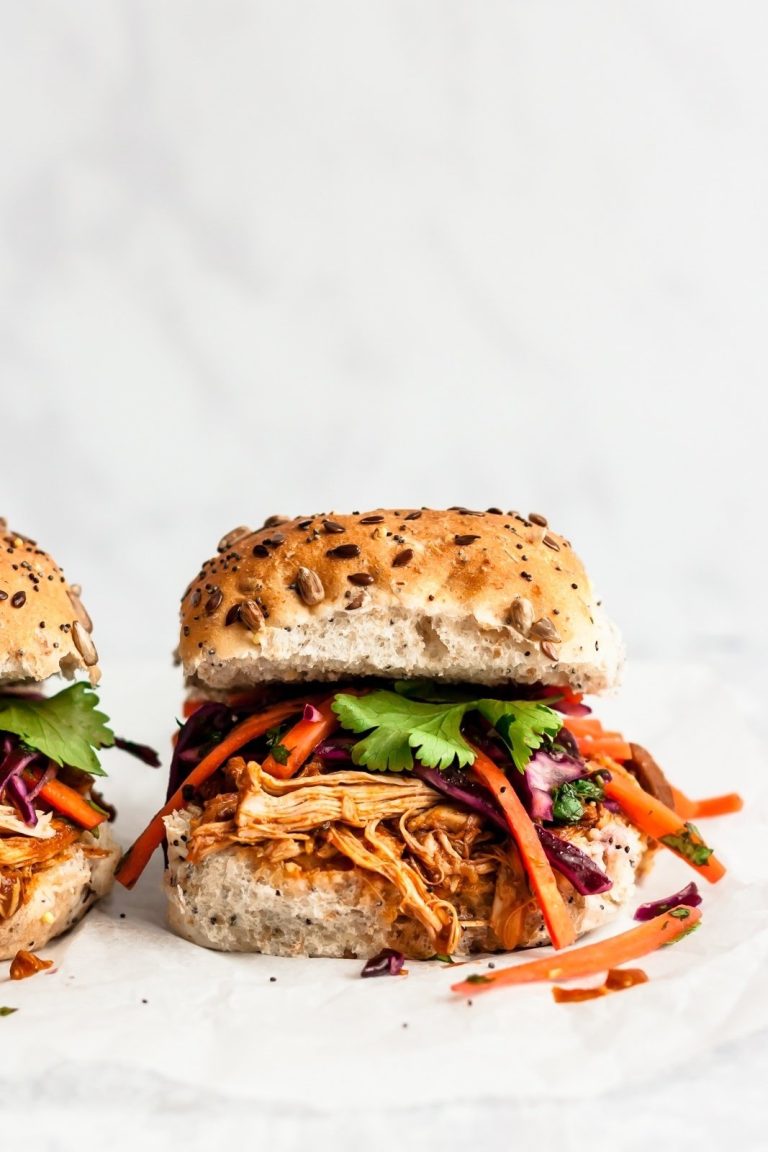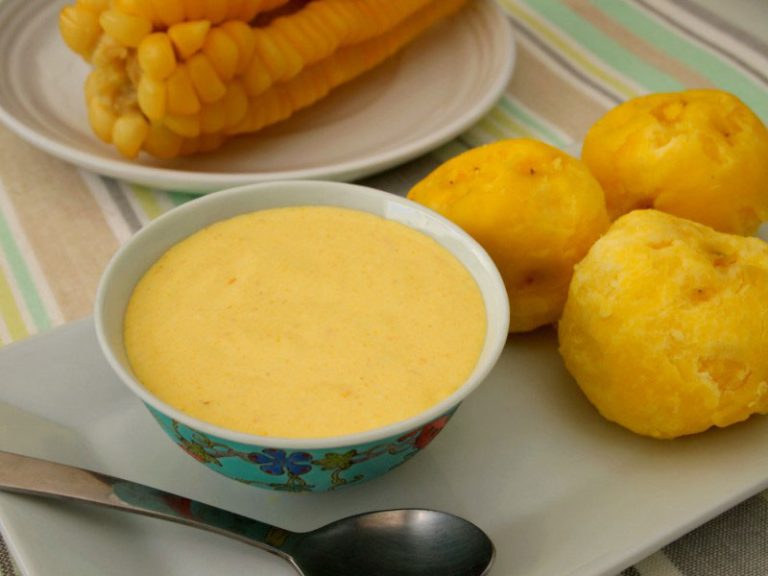Black Beans And Rice: Origins, Nutritional Benefits, and Delicious Recipes
Black beans and rice date back to ancient civilizations. Indigenous peoples in the Americas cultivated black beans over 7,000 years ago. Rice, introduced to Latin America by Spanish settlers in the 16th century, became a staple in the region. This combination symbolizes a fusion of cultures and histories. It’s not just a dish, but a representation of resilience and culinary evolution.
Regional Variations
The dish varies notably across different regions. In Cuba, Moros y Cristianos features black beans cooked separately from the rice, then combined and seasoned with spices. Brazilian Feijoada, a rich stew, includes black beans and assorted meats, served over rice. In the Dominican Republic, you find Arroz con Habichuelas Negras, where the beans are cooked with spices and rice for robust flavor. These regional differences showcase the versatility and cultural significance of black beans and rice.
Nutritional Value of Black Beans and Rice
Health Benefits
Black beans and rice offer various health benefits. Black beans contain high amounts of fiber, which aids in digestion and helps regulate blood sugar levels. Each cup of cooked black beans contains about 15 grams of protein, supporting muscle growth and repair. They also provide essential nutrients like folate, magnesium, and potassium, which contribute to overall well-being.
Rice complements black beans by providing carbohydrates, the body’s primary source of energy. Brown rice, in particular, offers additional fiber and nutrients compared to white rice. Brown rice contains magnesium, aiding muscle function, and selenium, supporting thyroid health. Together, black beans and rice create a balanced meal that promotes sustained energy and supports various bodily functions.
Dietary Considerations
Incorporating black beans and rice into your diet can meet various dietary needs. They’re naturally gluten-free, making them suitable for those with celiac disease or gluten sensitivity. This combination is also vegetarian and vegan, offering a complete protein source when paired together.
For individuals monitoring their sodium intake, opt for low-sodium or no-salt-added canned beans. Preparing dry beans at home allows you to control the amount of salt used. If you’re concerned about carbohydrate intake, choose brown rice over white rice for lower glycemic index and added nutrients. Additionally, portion control and balancing with other food groups ensure that black beans and rice fit into a well-rounded diet.
Popular Recipes Featuring Black Beans and Rice
Classic Caribbean Style
Classic Caribbean style black beans and rice merge savory, spicy, and slightly sweet flavors. Cumin, garlic, onions, and bell peppers form the base, while coconut milk adds richness. After sautéing vegetables, add black beans and rice, then simmer with coconut milk until cooked. Garnish with fresh cilantro. Serve as a side or main dish. Popular in regions like Cuba and Puerto Rico, it’s versatile and complements grilled meats or plantains.
Vegetarian and Vegan Variations
Vegetarian and vegan variations of black beans and rice offer nutritious, flavorful meals. Use vegetable broth instead of chicken broth for cooking. Enhance with ingredients like sweet potatoes, corn, or avocado. Season with cumin, coriander, and lime juice. For added protein, incorporate tofu or tempeh. This dish provides a balanced meal packed with fiber and essential amino acids. Ideal for meal prep, it stays fresh when refrigerated for several days.
Serving Suggestions for Black Beans and Rice
Accompaniments
Pair black beans and rice with various sides to enrich your meal experience. Serve with tortillas for added texture or sliced avocado to introduce creamy richness. Add a side salad with fresh greens, tomatoes, and a citrus dressing for a refreshing contrast. Include grilled vegetables like bell peppers, zucchini, and onions to enhance the nutritional value and flavor complexity. For a spicy twist, incorporate jalapeños or a dash of hot sauce.
Presentation Tips
To elevate the visual appeal, consider creative plating. Use a mold to shape the rice into a neat, round form. Arrange the black beans along the side or on top to showcase a layered effect. Garnish with chopped cilantro, lime wedges, or sliced radishes for a pop of color. Utilize bright, contrasting plates to make the dish stand out, ensuring a visually appealing presentation that enhances the overall dining experience.
Conclusion
Black beans and rice not only offer a delicious and versatile meal option but also bring a rich history and nutritional benefits to your table. Whether you’re trying regional variations or experimenting with new recipes, this classic combination can easily fit into your diet. Add your favorite ingredients and accompaniments to create a meal that’s both satisfying and visually appealing. Embrace the simplicity and depth of black beans and rice and enjoy a dish that’s as nourishing as it is flavorful.






